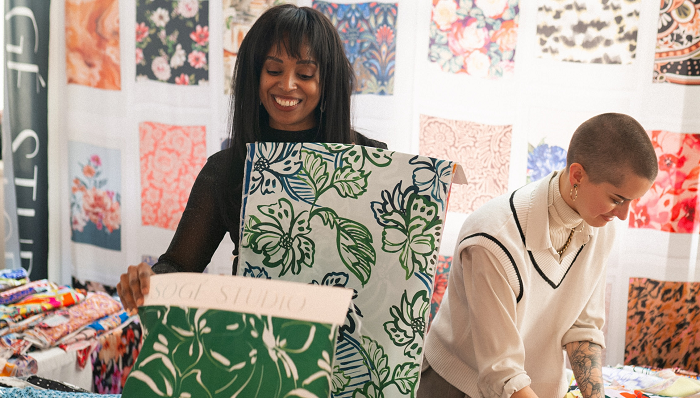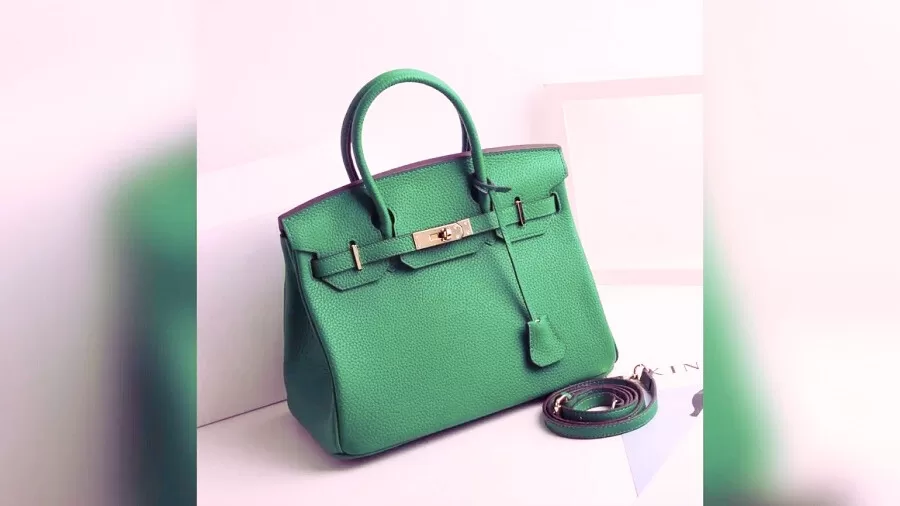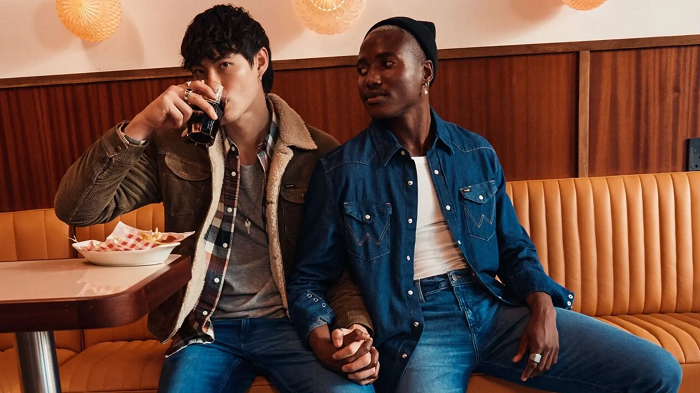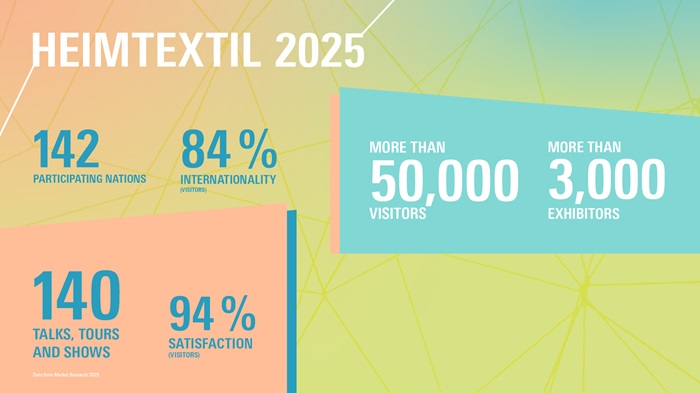FW

Men´s Wearhouse to lure independent directors at Jos A. Bank
"Our offer represents a 52 percent premium over JOSB's unaffected enterprise value and a 38 percent premium over the closing share price on October 8, 2013, the day prior to the Company's public announcement of its proposal to acquire Men's Wearhouse."
Men´s Wearhouse to lure independent directors at Jos A. Bank
"Our offer represents a 52 percent premium over JOSB's unaffected enterprise value and a 38 percent premium over the closing share price on October 8, 2013, the day prior to the Company's public announcement of its proposal to acquire Men's Wearhouse."
"Further, the transaction represents a 9.4x enterprise value to last twelve months ("LTM") Adjusted EBITDA multiple (assuming 135 million dollars of LTM Adjusted EBITDA as of November 2, 2013), which is a significant premium to Jos. A. Bank's proposal to acquire Men's Wearhouse, in excess of Jos. A. Bank's historical average trading multiple and near the upper end of recent precedent apparel retail transactions. Moreover, we are prepared to increase our offer price if you can demonstrate or we can discover additional value through discussions or limited due diligence."
Apparelsourcing Paris will be held February 17 to 20, 2014. With more than 100 exhibitors, the show is asserting its role as the foremost platform for sourcing in Europe in terms of diversity of range.
This is an international trade fair in clothing and fashion accessories. The products exhibited are clothing, textiles, fabrics, accessories and textile equipment and tools. Visitors include retailers, wholesalers, agents and designers.
This is the sixth edition of the show. The exhibition continues to forge ahead and is refining its package of product ranges and services from one show to the next. Only three years after it was launched, Paris has become a reference exhibition for procuring finished products in fashion and clothing, targeting buyers from Europe and the rest of the world.
With an exhibitor retention rate of 85 per cent, the exhibition brings forth its relevance to European buyers. With a concept that is unique in Europe, suppliers are grouped together on the same platform: sourcing close to Europe; short/medium term sourcing with Turkey and long-term with Asia. It covers a wide variety of collections and a wealth of services, from the more standard like CMT to bespoke products.
The show will see 58 new manufacturers from China, Bangladesh, France, Hong Kong, India, Japan, Pakistan and Turkey. China is the top exhibitor followed by India, Pakistan, Bangladesh and Turkey.
apparelsourcing-fr.messefrankfurt.com/
Come March 3-5, 2014, the Spring edition of the leading apparel fabrics trade fair, Intertextile Shanghai Apparel Fabrics will take place at Shanghai. Located at the Shanghai World Expo Exhibition and Convention Center, a new venue for 2014, the fair will feature in SalonEurope, which houses the Milano Unica Pavilion and a number of European country pavilions, while the increasingly popular Verve for Design textile designer zone also makes a return.
One of the most prominent features of the event will be SalonEurope zone. This zone will feature high-end apparel fabrics and accessories producers from the Czech Republic, France, Germany, Portugal, Spain, Switzerland, Turkey and the United Kingdom.
The SalonEurope zone will also feature country pavilions from Germany and Portugal, and the ever-popular Milano Unica Pavilion from Italy. The German Pavilion will have 11 exhibitors displaying a wide range of fabrics and accessories that feature advanced technology and value-adding functionality. Organized by Associacao Selectiva Moda, the Portugal Pavilion returns again due to the overwhelmingly positive feedback received at last year’s fair. Nearly 10 exhibitors will be showcasing their high-quality shirting fabrics in this pavilion. Guaranteed to be popular with buyers at the fair is the Milano Unica Pavilion, which will feature over 100 premium Italian textile producers. It will have collections of prestigious fabrics and accessories for women’s wear and menswear on display.
Intertextile Shanghai Apparel Fabrics offers visitors more than just apparel fabrics and accessories. The Verve for Design zone groups together textile designers who will display their original, creative textile and apparel designs. Their products are targeted at textile and apparel manufacturers, and trend guide publishers.
www.messefrankfurt.com.hk
The spring edition of Interstoff Asia Essential 2014 will be held from March 19 to 21, 2014, Hong Kong. A leading fabric trade fairs in Asia, this edition hopes that the improved economic situation in the US and Europe will benefit exhibitors since more buyers will be interested in sourcing high-end fabrics.
The four popular country and region pavilions viz. Elite China, Fine Japan, Great Korea and Amazing Taiwan, will return on bigger scale, with more fashionable, functional and eco fabrics. Well known textile companies from China will showcase their fancy fabrics featuring advanced woven and knitting technology, and the latest finishing applications. A new exhibitor from Japan, Joint Bishu Brand, will feature wool and wool-blended fabrics.
The Taiwan pavilion being co organized by Taiwan Textile Federation, will focus on functional and eco fabrics for the high-end market. On its display list are: breathable coating and multiple-layer lamination, functional knitted and woven fabrics for sleeping bags, down jackets, and skiwear, and antimicrobial and UV-cut functional fabrics for outdoor wear and sportswear. Korean suppliers will showcase knitted and man-made fabrics for women’s wear and casual wear, as well as fine functional fabrics for outdoor wear.
In this edition, the Garment Accessories Zone will be bigger with more exhibitors, making the product scope more complete.
interstoff-asia-spring.hk.messefrankfurt.com/c
Lectra and ESCP Europe have established a Fashion and Technology Chair to develop an innovative education and research program. The aim is to develop and disseminate knowledge based on innovations within the fashion and luxury sectors by the means of cutting-edge technologies.
The chair’s main objective is to develop and convey knowledge based on innovations within the fashion and luxury sectors, thanks to cutting-edge technologies. The fashion and luxury sectors and their approach to technologies linked to design and supply change management. There will also be a focus on the challenges of digital development and on the emergence of value-added strategies for innovation and original business models in developing countries, particularly China.
The chair will promote technology as a catalyst for innovation among students and alumni. This will be one of the themes studied by ESCP students every year and the subject of research dissertations and professional theses.
Established in 1819, ESCP Europe is the world’s first business school and has educated generations of leaders and entrepreneurs. ESCP’s alumni network counts 40,000 members in 150 countries and from 200 nationalities.
Lectra provides integrated technology solutions for product design, development and manufacturing processes. Its services are used in fashion (apparel, accessories, footwear), automotive (car seats and interiors, airbags), furniture as well as a wide variety of other market sectors.
www.lectra.com/
The number of silk farmers in Thailand is decreasing. Thai silk's reputation for high quality and unique weaving techniques and patterns is well established, but its golden age has dimmed. Young urbanised Thais prefer more upscale labor to the traditional and arduous tasks of sericulture and weaving. Only their grandparents knew how to raise and harvest silkworms. Few farmers tend mulberry trees to feed the worms, and even fewer people are earning a living wage from silk cultivation.
The Modern Thai Silk project aims to keep alive classical weaving patterns and techniques. It has come up with silk in various forms--knitted, woven, stretchy like spandex, light and thin as chiffon, dyed in every imaginable hue. There is silk which is wrinkle-free, and thus suitable for daily use. These prototypes will be displayed from February 18 to 20 at Premiere Vision, Paris, the world's top fabrics fair.
Over the past year the project has been involved in R&D in all areas of the industry, from raising the silkworms, reeling the thread, spinning the yarn and actually making the fabric, to the design, dyeing, printing, marketing and consumer response.
Companies in Thailand have developed a technique to produce four-color silk melange yarn. This will allow them to produce more colors to match designers' needs.
Sri Lanka and Turkmenistan are two future textile and apparel powerhouses. In 2013, Sri Lanka’s exports achieved 4.3 billion US dollars in garment exports, an increase of 13 per cent compared to 2012. The country strives to be among the top 10 apparel exporters in the world. It has implemented ethical, practices, guarantees constant power supply to the apparel industry. A conclusion of the proposed Sri Lanka-China free trade agreement this year would propel the nation in the world apparel trade.
Turkmenistan’s annual textile turnover is 400 million dollars. Efforts are being made to establish the country as a textile and garment producing nation. Investments amounting to 1.6 billion dollars have been made in textile manufacturing units since the country’s independence from the Soviet Union in 1991.
Turkmenistan has traditionally been a cotton growing nation. Cotton production forms the basis for the development of its textile industry. So, cotton fiber processing has gone up by 51 per cent. The Turkmen textile and garment industry has the capacity to grow further. The country is investing in infrastructure and innovation to ensure a competitive export position. International retailers and brands are already seeing Turkmenistan as a garment and textile sourcing base.
Swedish company IKEA has set out to create lasting and large-scale improvements in conventional cotton cultivation together with other international companies, NGOs, governments and authorities. It is promoting the use of sustainable cotton in all its products. The goal is that all cotton used for IKEA products shall be produced according to the Better Cotton Initiative’s social and environmental criteria by the end of 2015.
IKEA cooperates with WWF and other local partners to influence mainstream farmers to grow cotton in a more sustainable way – mainly in India and Pakistan, but also in China and Turkey. Today, IKEA-supported projects reach an estimated 1,00,000 farmers.
The projects are based on hands-on training in the field, which allows farmers to see and experience the benefits of changing the way they grow cotton. Successful farmers act as an inspiration to others, and better farming practices are being spread from farmer to farmer. As farmers start using less chemical pesticides and fertilizers, and less water, their environmental impact is reduced while cotton crop yields are maintained at a lower cost and farmers’ earnings increase.
IKEA believes an increase in sustainable farming practices leads to significant improvements in mainstream cotton farming and drastically increases available volumes of cotton grown in a more sustainable manner.
Chinese and Hong Kong companies are investing heavily in Vietnamese textile plants. They have bought entire complexes on which they plan to erect units that will enable start-to-finish production covering every process, from spinning to dyeing to sewing. A Hong Kong sewing company plans to build a factory jointly with a Sri Lankan company. Another Hong Kong business is considering investing $100 million to build a jeans factory.
The main reason for this sudden interest is that Vietnam is taking part in the Trans Pacific Partnership negotiations. If talks conclude with an accord, the US will very likely remove tariffs on textiles and sewn products from Vietnam. The country exported roughly $18 billion worth of sewn products last year, more than half of which went to the US.
To qualify for tariff waivers under the TPP free trade agreement, clothing exported from Vietnam will have to meet the rules regarding country of origin. This means yarn used in those clothes will have to be spun in Vietnam. That’s why Hong Kong and Chinese companies are interested in boosting the capacity of their Vietnamese plants.
However Vietnam is looking at the rising tide of Chinese investment with mixed feelings. Chinese investment may help the Vietnamese textile industry by bringing advanced production technologies. But it could also destroy local sewing companies and related businesses, resulting in higher dependence on Chinese raw materials.
The Cambodia’s garment exports grew by 20 per cent in 2013. Garments and textiles account for 80 per cent of Cambodia’s total exports. Exports grew despite the 131 strikes the sector saw during the first 11 months of the year—a 10-year high. In December, thousands of garment workers joined protests to demand doubling of monthly minimum wages. The number of lost mandays due to strikes was 825,646 during the first 11 months of last year, an increase of 54 per cent compared to the same period a year ago.
Frequent strikes lead to mounting financial losses for garment manufacturers because of missed shipments and lost orders. The number of factories in Cambodia has increased 30 per cent. Against this backdrop a growth in the value of garment exports by 20 per cent doesn’t appear to be much.
Cambodia has about 800 garment and footwear factories that employ about 600,000 workers, mostly women. Workers in Cambodia's garment sector frequently toil in poorly ventilated factories and work excessive overtime hours. Malnutrition leads to a phenomenon of mass fainting. Batches of workers in a factory collapse in some sort of phased manner.











